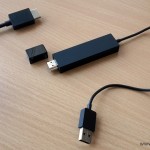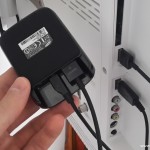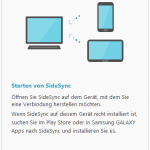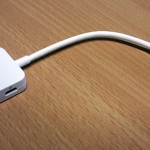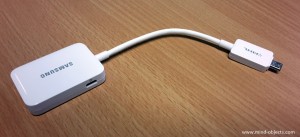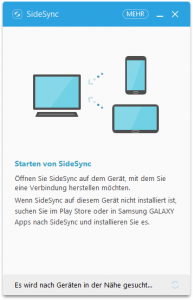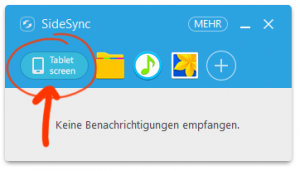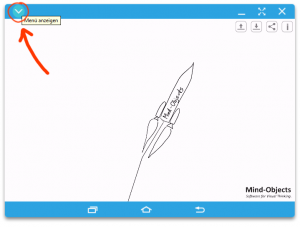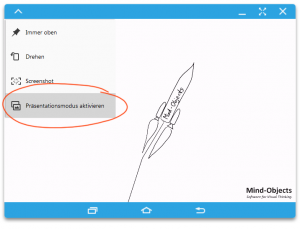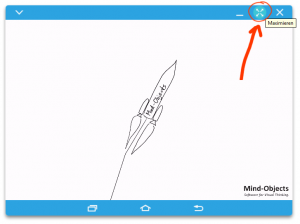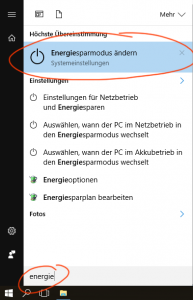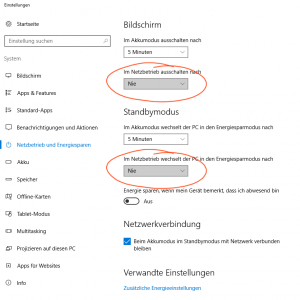| Device | Our Opinion | Specs |
|---|---|---|
| Samsung Galaxy Tab S3 (US) Deutsche Version (DE)  |
(+) S-Pen has the best writing experience (+) S-Pen works without battery (+) great display with very high resolution (+) high-end technical specs with a speedy experience (o) S-Pen cannot be inserted into device Form factor: 9.7″ feels like an organizer, very handy, but also still big enough to use for note-taking in meetings, lectures or on the go (e.g. in the plane on the train). |
Available models
|
Samsung Chromebook Plus (US) |
Our Opinion (+) S-Pen has the best writing experience (+) S-Pen works without battery (+) S-Pen can be inserted into device (+) great display with very high resolution (+) physical keyboard enables better text writing than usual tablets Special: Chrome OS runs Android Apps now. |
Specs
Available models
|
Samsung Galaxy Tab A with S Pen 10.1″ (2016 Ed.) (US) |
Our Opinion (+) S-Pen has the best writing experience (+) S-Pen works without battery (+) S-Pen can be inserted into device (+) good display with full-HD resolution (o) computing power is moderate (mid-range tablet) |
Specs
Available models
|
| Device | Our Opinion | Specs |
Samsung Galaxy Note 10.1 (2014 Ed.) (US)deutsche Version (DE) |
(+) S-Pen has the best writing experience (+) S-Pen works without battery (+) S-Pen can be inserted into tablet (+) fast and reliable device, even in 2017 (+) great display with very high resolution (-) no more official Android-OS-Updates available Form factor: 10.1″ a bit smaller than a normal sheet of paper, thus handy, but still big enough to use for note-taking in meetings, lectures or on the go |
Available models
|
Huawei MediaPad M2 10.0 (US)deutsche Version (DE) |
Our Opinion (+) fast and reliable device (+) M-Pen has the same weight and size like a normal ballpen (+) writing with the M-Pen feels nearly as good as with the S-Pen (+) good display with full-HD resolution (0) M-Pen works only with a battery Form factor: 10.1″ a bit smaller than a normal sheet of paper, thus handy, but still big enough to use for note-taking in meetings, lectures or on the go. |
Specs
Available models:
|
Samsung Galaxy Tab A 9.7 (US)deutsche Version (DE) |
Our Opinion (+) S-Pen has the best writing experience (+) S-Pen works without battery (+) S-Pen can be inserted into tablet (o) computing power is moderate (mid-range tablet) (-) display has low resolution Form factor: 9.7″ feels lika an organizer – especially with the book cover – very handy, but also still big enough to use for note-taking in meetings, lectures or on the go |
Specs
Available models
Side note: there are more models available, but they do not include the S-Pen |
Samsung Galaxy NotePro 12.2 (US)deutsche Version (DE) |
Our Opinion (+) S-Pen has the best writing experience (+) S-Pen works without battery (+) S-Pen can be inserted into tablet (+) fast and reliable device, even in 2017 (+) great display with very high resolution (-) no more official Android-OS-Updates available Form factor: 12.2″ is as big as a sheet of paper (approx. A4 / Letter). Very good for sketching – especially when two people are discussing things with one tablet in front of them. A bit heavier than the smaller devices, but still totally ok for us to work on the go (e.g. in the plane on the train). |
Specs
Available models
|
ASUS ZenPad 3S 10 (US)deutsche Version (DE) |
Our Opinion (+) tablet is fast with excellent built quality (+) good display with high resolution (0) Z-Pen cannot be stored in the tablet (-) Z-Pen does not have an authentic writing experience 9.7″ feels like an organizer: very handy, but also still big enough to use for note-taking in meetings, lectures or on the go |
Specs
Available models
|
ASUS ZenPad S 8.0 (US)deutsche Version (DE) |
Our Opinion (+) tablet is fast and built quality is high (+) good display with high resolution (0) Z-Pen cannot be stored in the tablet (-) Z-Pen does not have an authentic writing experience Form factor: 8.0″ feels lika a small organizer, very handy, good for personal note-taking on the go. |
Specs
Available models
|
If you happen to know any further android pen-tablets let us know!
If you own one of the listed devices: go to our play store page and download the 14-day free trial of Mind-Objects Think Visual. It is the best support for visual thinking you can get: capture, structure and share your thoughts effortless – with no space restrictions!
Using the software is as intuitive as using pen and paper, with the advantage, that information can be restructured easy and be broadcasted via a projector. This saves time, enables better results and helps collaboration in meetings.
Mind-Objects Think Visual runs on any pen-enabled Android tablet (if you have a device without native pen support you can use Mind-Objects ThinkVisual Touch instead).
Having a Windows or iOS device? Stay updated – get the news when your favorite device is supported and subscribe to our mailing list: http://www.mind-objects.com/platform-request/
Why did we choose these devices for Mind-Objects?
- The above devices can recognize the difference between stylus and finger (which gives us the chance to deliver a great workflow with high productivity)
- In contrast to normal tablets, using the pen/stylus on these devices feels very similar to using a normal pen on paper (great for people using a tablet for the first time)
If you have any questions regarding the above devices or where to buy them – write us in the comments or .

